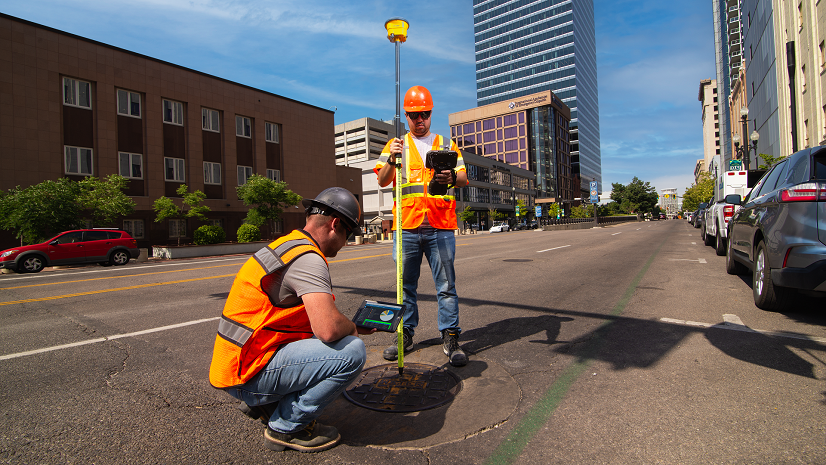Challenge
SCS Engineers, an environmental consulting and contracting firm, faced significant challenges in generating timely and accurate reports for projects that required frequent updates, such as monitoring and inspections. The existing workflow relied heavily on manual processes, with mobile technicians collecting data using paper forms and later returning to the office to update and generate reports. This method was not only time-consuming but also prone to errors, as technicians spent an average of two hours per project digitizing field data and photos. Additionally, the process of manually adding photos to reports was cumbersome, as technicians had to download images from their phones and assign location information for each picture, further complicating the reporting process. The need for real-time data and continuous updates from field activities has made it increasingly difficult for SCS Engineers to keep up with the demand for accurate and timely reports.
Solution
To address these challenges, SCS Engineers implemented an automated reporting workflow using ArcGIS Notebooks and ArcGIS API for Python. This solution allowed staff to streamline report generation by connecting directly to hosted feature services and creating reports from the data collected in the field. By leveraging predefined templates and scripts within ArcGIS Notebooks, SCS Engineers was able to transform field data collected through ArcGIS Field Maps into comprehensive reports quickly and efficiently.

The integration of photo attachments into the final reports was a significant enhancement, as it eliminated the need for separate uploads and made sure that all relevant information was included in a single document.

The report templates, similar to those used in ArcGIS Survey123, allowed for customization and ensured that the reports maintained a professional appearance while meeting the specific needs of various projects.
Results
The implementation of the automated reporting workflow resulted in a dramatic reduction in the time required to create PDF reports, with reports now being generated within minutes using real-time data from the field. This efficiency not only improved the quality of the reports but also enhanced the decision-making process for project managers and clients, who could now access field observations, calculations, and photos in a consolidated format. The automated system also improved quality control by removing the manual transcription of handwritten notes, thereby reducing the potential for errors. Furthermore, the ability to quickly customize reports in Microsoft Word allowed SCS Engineers to meet regulatory requirements more effectively, as forms required by agencies could be used as templates and filled out accurately and consistently. Overall, the new workflow not only alleviated the burden on staff but also contributed to backlog reduction and the achievement of revenue goals, enabling SCS Engineers to focus on delivering high-quality environmental solutions to their clients.

Learn more about location intelligence for AEC:
GIS for Architecture, Engineering, and Construction
Stay Connected with Esri’s AEC Team:
Join the Architecture, Engineering and Construction Community.
Subscribe to the AEC industry newsletter “Esri News for AEC”.

